A small asteroid burned up in Earth’s atmosphere off the coast of California just hours after being discovered and before impact monitoring systems had registered its trajectory.
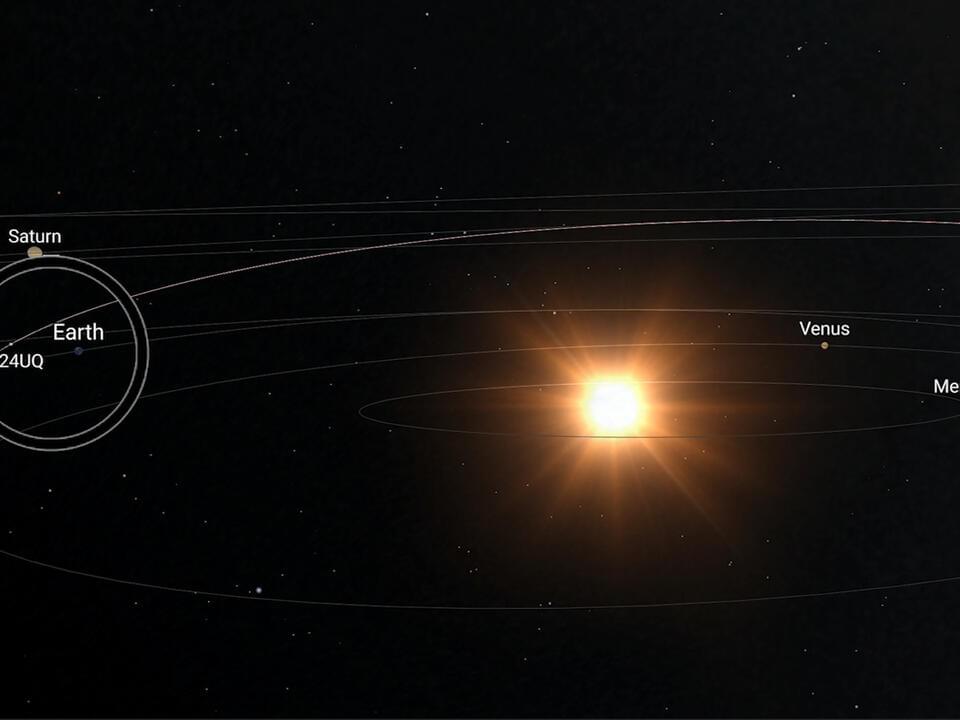

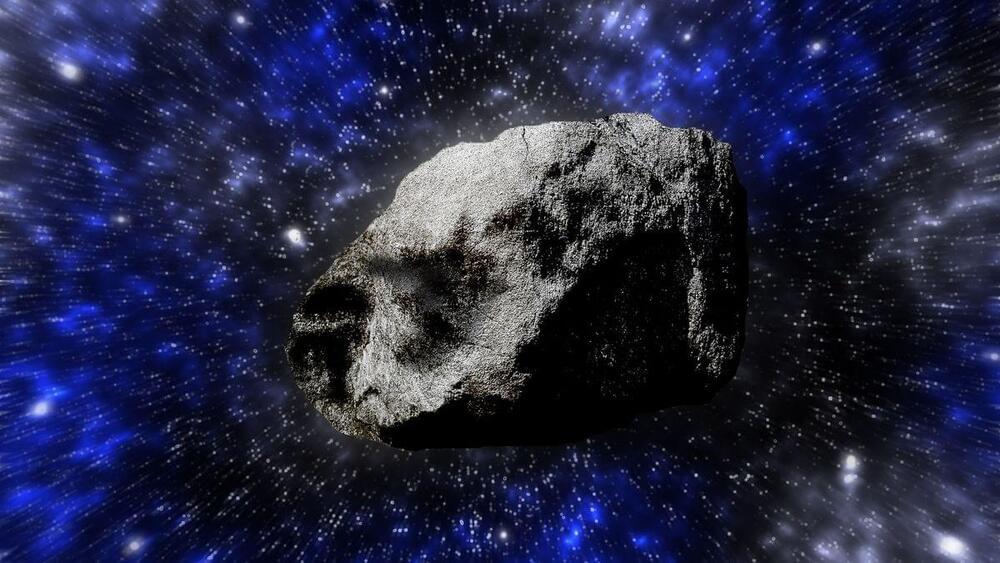
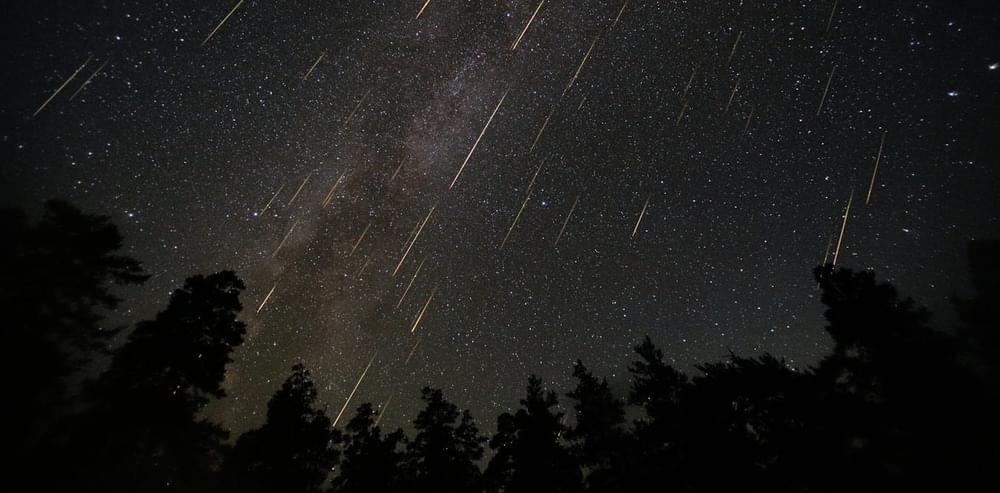
The two new studies place the sources of ordinary chondrite types into specific asteroid families – and most likely specific asteroids. This work requires painstaking back-tracking of meteoroid trajectories, observations of individual asteroids, and detailed modelling of the orbital evolution of parent bodies.
The study led by Miroslav Brož reports that ordinary chondrites originate from collisions between asteroids larger than 30 kilometres in diameter that occurred less than 30 million years ago.
The Koronis and Massalia asteroid families provide appropriate body sizes and are in a position that leads to material falling to Earth, based on detailed computer modelling. Of these families, asteroids Koronis and Karin are likely the dominant sources of H chondrites. Massalia (L) and Flora (LL) families are by far the main sources of L-and LL-like meteorites.
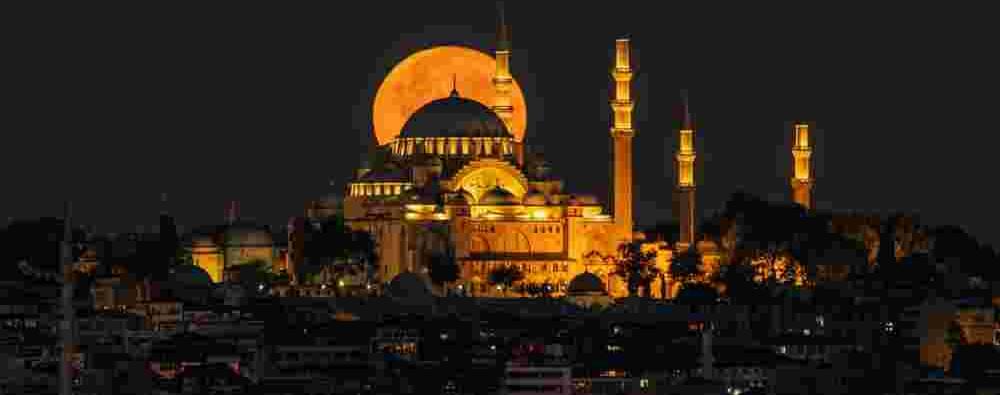
The year’s biggest supermoon, the Hunter’s Moon, will rise in the sky next week. Astronomers have been thrilled to see three back-to-back supermoons this year, but October’s supermoon is going to be extra special.
It will be the only moon to come this close to Earth in 2024, making it appear extremely large. The supermoon will occur on October 17, reaching its fullest point merely hours after coming to its closest point. It will be 220,055 miles from Earth on this day.
The sky this month is filled with cosmic wonders. You can see two comets this month, with one of them already taking people’s breath away. The second comet will visit towards the end of October.
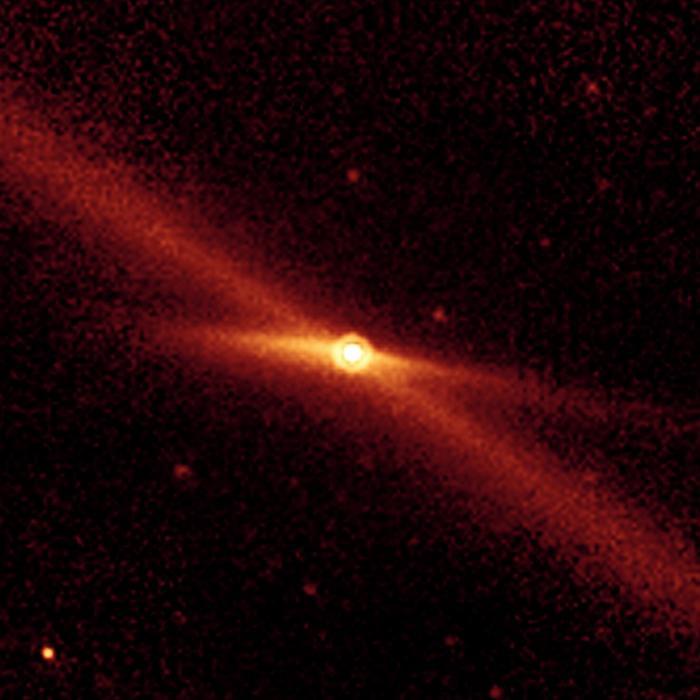
The Taurid asteroids, also known as the Taurid swarm, are a group is asteroids hypothesized to be leftovers chunks from the comet Encke, which orbits the Sun every 3.3 years. But what risk could the Taurid swarm have regarding potential impacts with Earth? This is what a recent study presented at the 56th annual meeting of the American Astronomical Society (AAS) Division for Planetary Sciences (DPS) hopes to address as a team of researchers from the United States and Canada investigated the potential threat of the Taurid swarm impacting the Earth. This study holds the potential to help researchers better understand how to identify threats of asteroid impacts on Earth and the steps that can be taken to mitigate them.
This study builds off previous research pertaining to the Taurid swarm, which estimated the size of the bodies as being kilometer-sized, and while this swarm is responsible for the Taurid meteor shower, asteroids that large could cause significant damage on the Earth if one impacts on our planet’s surface. This new study conducted a first-time analysis of the risk these asteroids pose for impacting the Earth, and with promising results.
“We took advantage of a rare opportunity when this swarm of asteroids passed closer to Earth, allowing us to more efficiently search for objects that could pose a threat to our planet,” said Dr. Quanzhi Ye, who is an assistant research scientist in the Department of Astronomy at the University of Maryland and lead author of the study. “Our findings suggest that the risk of being hit by a large asteroid in the Taurid swarm is much lower than we believed, which is great news for planetary defense.”
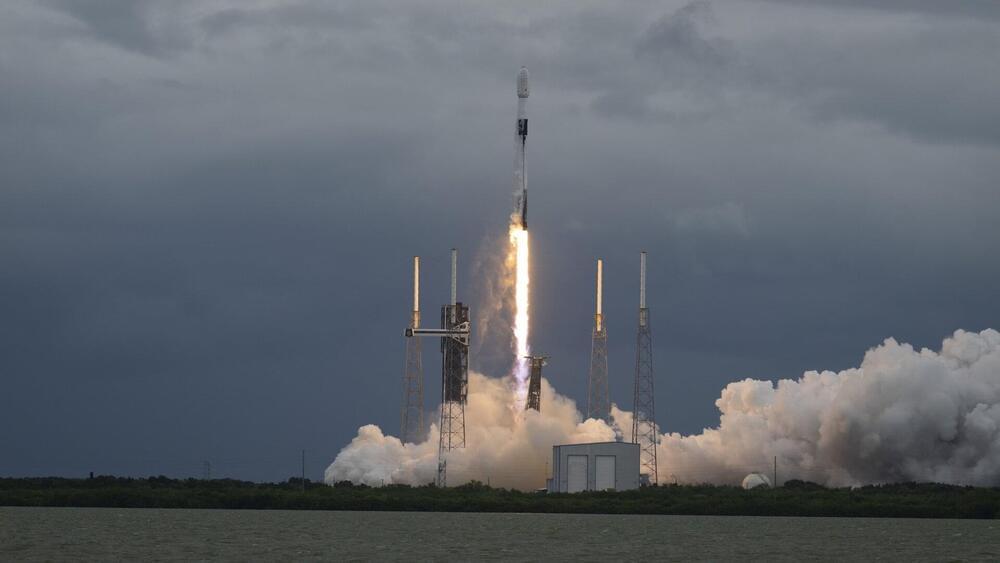
ESA’s first planetary defence spacecraft has departed planet Earth. The Hera mission is headed to a unique target among the more than 1.3 million known asteroids in our Solar System – the only body to have had its orbit shifted by human action – to solve lingering mysteries associated with its deflection.
By sharpening scientific understanding of the ‘kinetic impact’ technique of asteroid deflection, Hera aims to make Earth safer. The mission is part of a broader ambition to turn terrestrial asteroid impacts into a fully avoidable class of natural disaster.
Developed as part of ESA’s Space Safety programme and sharing technological heritage with the Agency’s Rosetta comet hunter, Hera lifted off on a SpaceX Falcon 9 from Cape Canaveral Space Force Station in Florida, USA, on 7 October at 10:52 local time (16:52 CEST, 14:52 UTC) with its solar arrays deploying about one hour later.
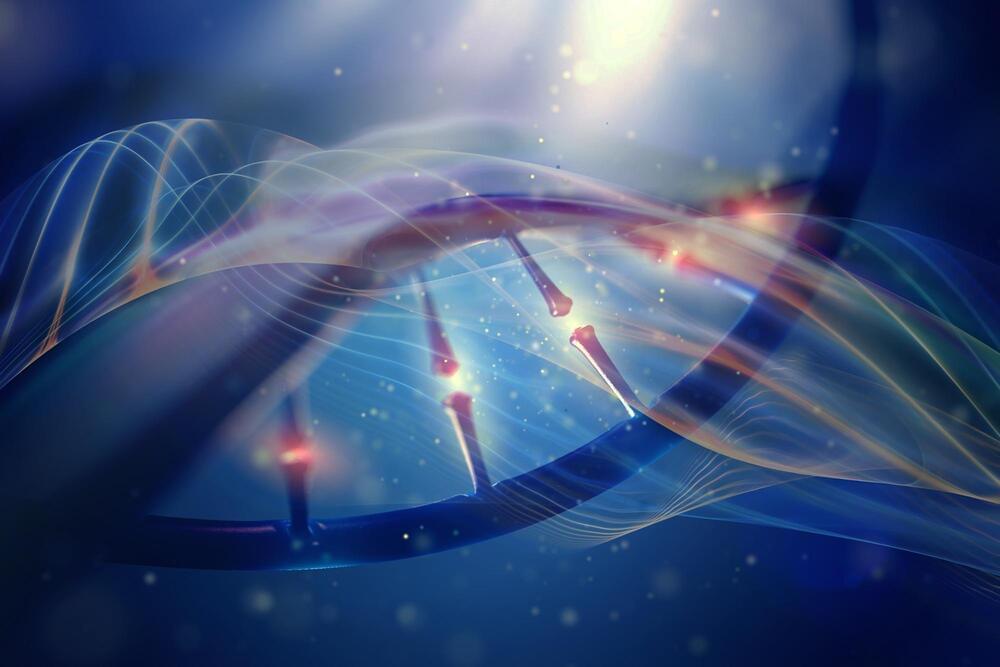
For decades, researchers have noticed that the pace of evolution tends to speed up over shorter time frames, such as five million years compared to fifty million years. This general trend indicates that “younger” groups of organisms, in evolutionary terms, tend to exhibit higher rates of speciation, extinction, and body size evolution, among other differences from older groups.
Evolutionary processes appear to operate at different time scales, perhaps necessitating the need for a new theory linking microevolution and macroevolution. The larger question has tantalized scientists: why?
There are plausible explanations. A new species may inhabit a new island chain, allowing for more variation as it spreads into new niches. An asteroid may hit the earth, increasing extinction rates. Perhaps species evolve to an “optimal” trait value and then plateau.
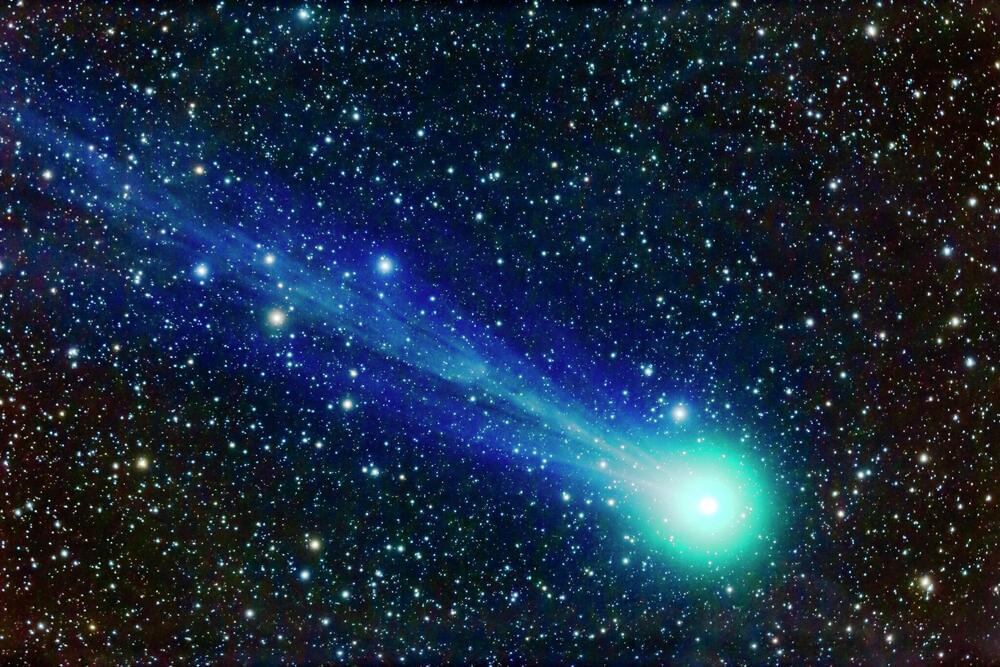
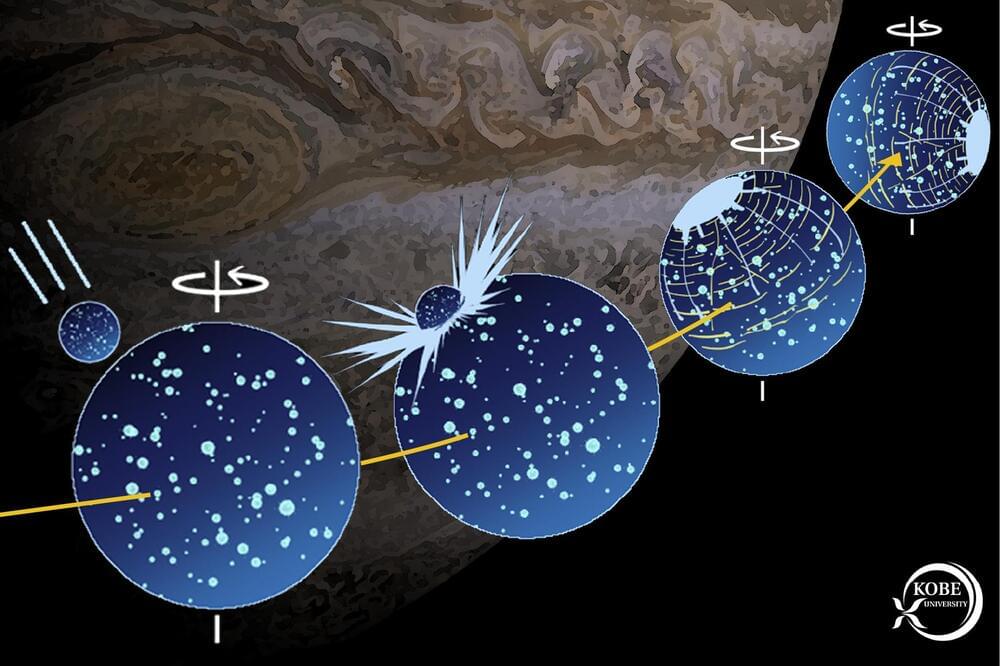
Around 4 billion years ago, an asteroid hit the Jupiter moon Ganymede. Now, a Kobe University researcher realized that the Solar System’s biggest moon’s axis has shifted as a result of the impact, which confirmed that the asteroid was around 20 times larger than the one that ended the age of the dinosaurs on Earth, and caused one of the biggest impacts with clear traces in the Solar System.
Ganymede is the largest moon in the Solar System, bigger even than the planet Mercury, and is also interesting for the liquid water oceans beneath its icy surface. Like the Earth’s moon, it is tidally locked, meaning that it always shows the same side to the planet it is orbiting and thus also has a far side. On large parts of its surface, the moon is covered by furrows that form concentric circles around one specific spot, which led researchers in the 1980s to conclude that they are the results of a major impact event. “The Jupiter moons Io, Europa, Ganymede and Callisto all have interesting individual characteristics, but the one that caught my attention was these furrows on Ganymede,” says the Kobe University planetologist HIRATA Naoyuki. He continues, “We know that this feature was created by an asteroid impact about 4 billion years ago, but we were unsure how big this impact was and what effect it had on the moon.”
Data from the remote object is scarce making research very difficult, and so Hirata was the first to realize that the purported location of the impact is almost precisely on the meridian farthest away from Jupiter. Drawing from similarities with an impact event on Pluto that caused the dwarf planet’s rotational axis to shift and that we learned about through the New Horizons space probe, this implied that Ganymede, too, had undergone such a reorientation. Hirata is a specialist in simulating impact events on moons and asteroids, so this realization allowed him to calculate what kind of impact could have caused this reorientation to happen.
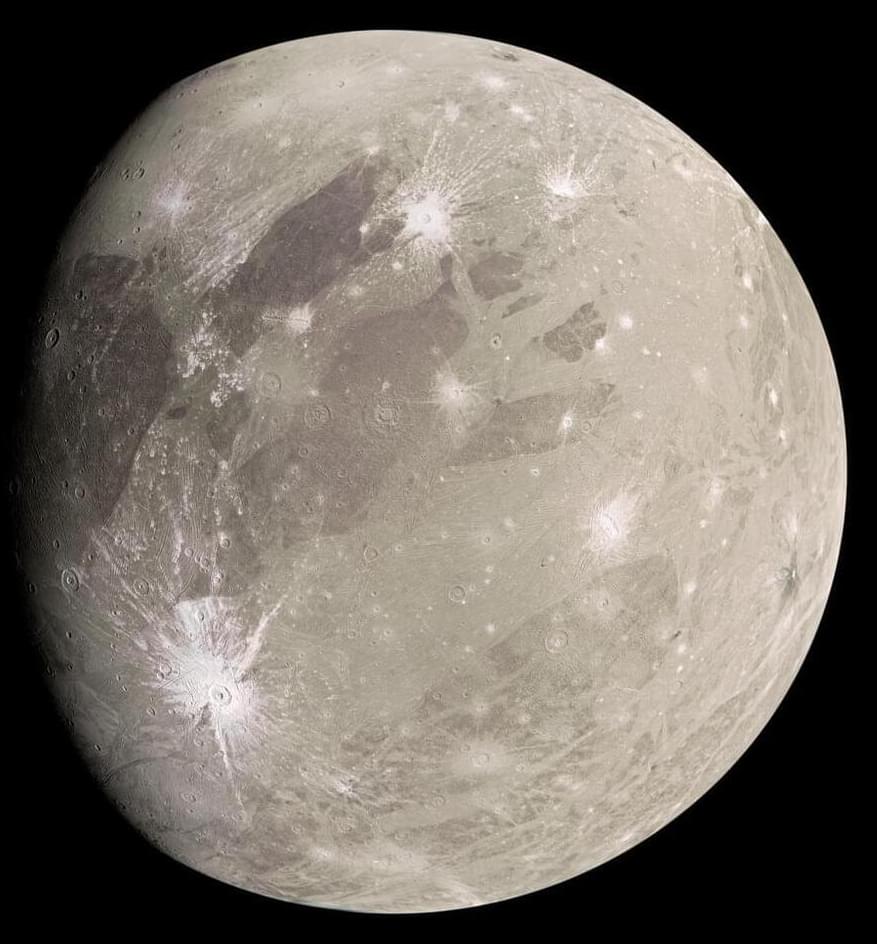
How did a giant impact 4 billion years ago affect Jupiter’s moon, Ganymede? This is what a recent study published in Scientific Reports hopes to address as a researcher from Kobe University investigated the geological changes known as a “furrow system” that Ganymede has exhibited since being struck by a giant asteroid in its ancient past, along with confirming previous hypotheses regarding the size of the asteroid. This study holds the potential to help scientists better understand how the very-active early solar system not only contributed to Ganymede’s but how such large impacts could have influenced the evolution of planetary bodies throughout the solar system.
“The Jupiter moons Io, Europa, Ganymede and Callisto all have interesting individual characteristics, but the one that caught my attention was these furrows on Ganymede,” said Dr. Naoyuki Hirata, who is an assistant professor in the Department of Planetology at Kobe University and sole author of the study. “We know that this feature was created by an asteroid impact about 4 billion years ago, but we were unsure how big this impact was and what effect it had on the moon.”
For the study, Dr. Hirata used a series of mathematical calculations to ascertain the size of the object that impacted Ganymede billions of years ago along with the angle of impact that produced the furrow system. In the end, Dr. Hirata determined that the impactor’s radius was approximately 93 miles (150 kilometers) and the angle of impact was potentially between 60 to 90 degrees, resulting in the furrows that overlay a significant portion Ganymede’s surface. For context, Ganymede is not only the largest moon in the solar system at a radius of 1,637 miles (2,634 kilometers), but it is also larger than the planet Mercury.